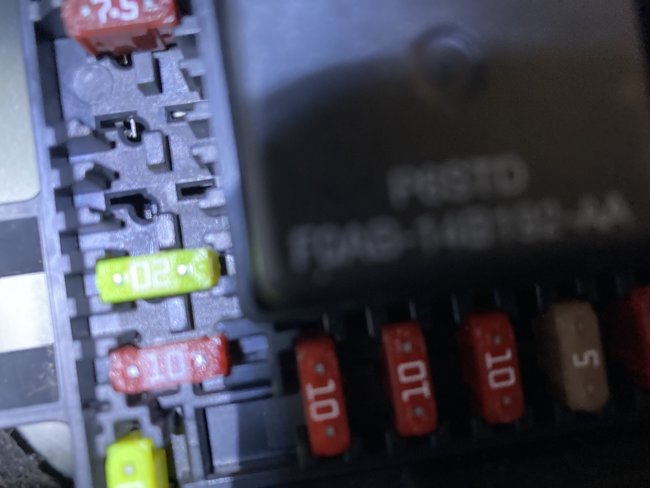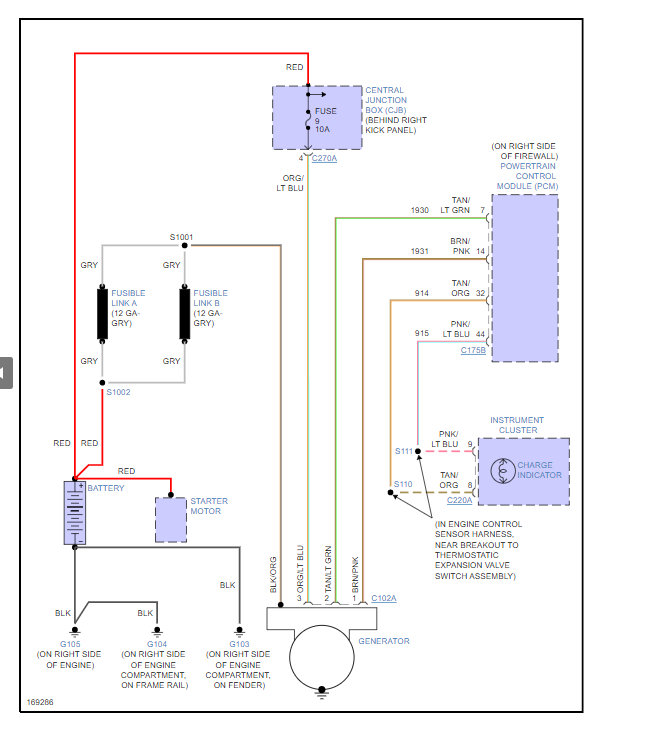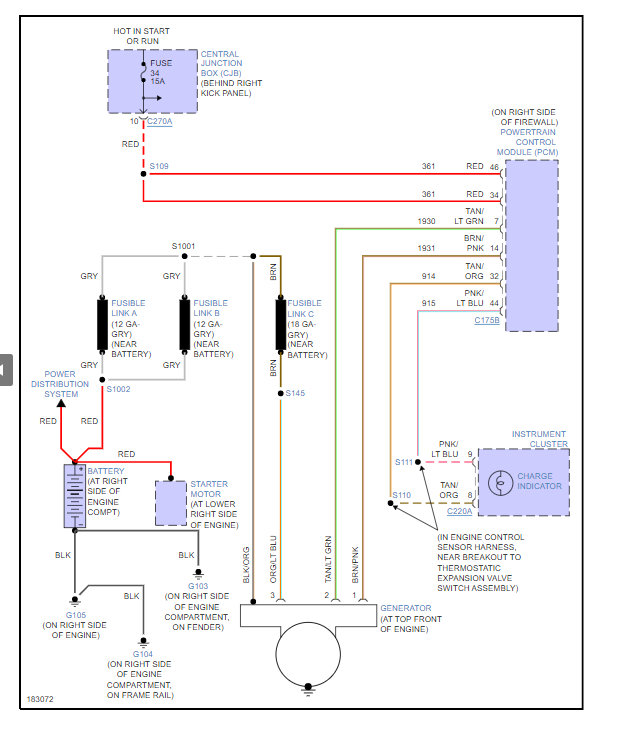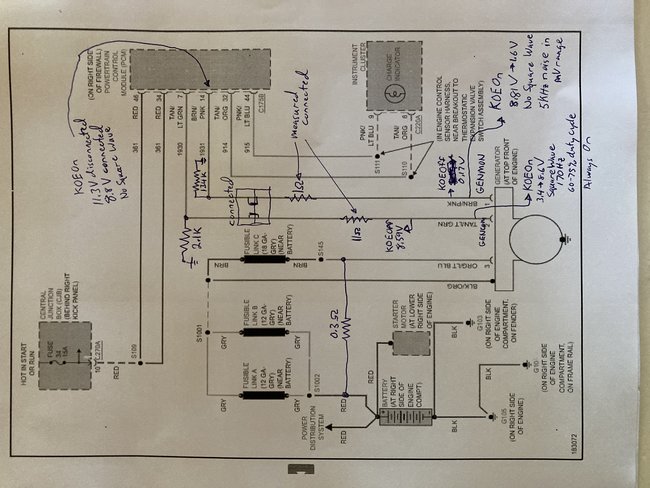The mystery deepens. Returned the alternator for a replacement (same type). First rebuilt alternator produced similar measurements except GENCOM frequency was 170 Hz, GENMON voltage 8.8 V.
Here are my detailed measurements with the 2nd alternator:
A. 3-pin connector detached from alternator, measured at PCM
Key off, ohms to GND at PCM: GENCOM = 2.1k GENMON = 134k
Key on, engine off: GENCOM = 8.7 V DC GENMON = 0.0 V DC BAT = 12.16 V
Key on, engine on, idle: GENCOM = 8.6 V DC GENMON = 11.6 V DC BAT = 11.82 V
After engine rev to 2500 RPM: BAT = 14.29 V
B. 3-pin connector attached to alternator, measured at PCM
Key on, engine off: GENCOM = 8.7 V DC GENMON = 0.0 V DC BAT = 12.17 V
Key on, engine on, idle: GENCOM = square wave, 9 V Pk to Pk, 133 HZ, 60% +cycle
GENMON = 10.4 V DC BAT = 14.19 V
Turn A/C on: GENCOM DC = 5.8 V GENMON = 10.3 V DC BAT = 14.12 V
Turn headlights on: GENCOM DC = 4.9 V GENMON = 10.2 V DC BAT = 13.97 V
Here is what makes no sense to me:
Why does GENMON show a DC voltage instead of a square wave, and only when the engine is running? I thought this voltage was supplied by the PCM, to be manipulated by the alternator.
Why did the GENCOM square wave show a radically different frequency from the 1st alternator to the 2nd allegedly identical alternator? I thought this was controlled by the PCM, but it looks as if it is being set by the alternator.
Why does GENCOM show an 8.7 V DC level with the engine off and the alternator disconnected? I thought the GENCOM voltage was supplied by the alternator, then manipulated by the PCM.
With the alternator disconnected, key on, engine off, I would expect to see a source voltage at GENMON, and no voltage at GENCOM. Instead I see the opposite.
Even so the system seems to be charging the battery OK, and I have not (yet) seen the battery warning light come on since installing the 2nd alternator.
I am wondering if I might have a Group 2 system as described in this article?
https://www.electricalrebuilders.org/techlib/tech_articles/ford_6g_regulators.pdf
Monday, August 29th, 2022 AT 6:24 PM







